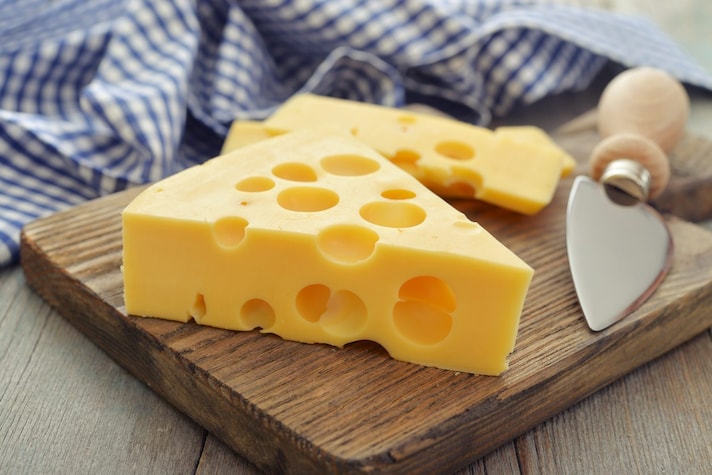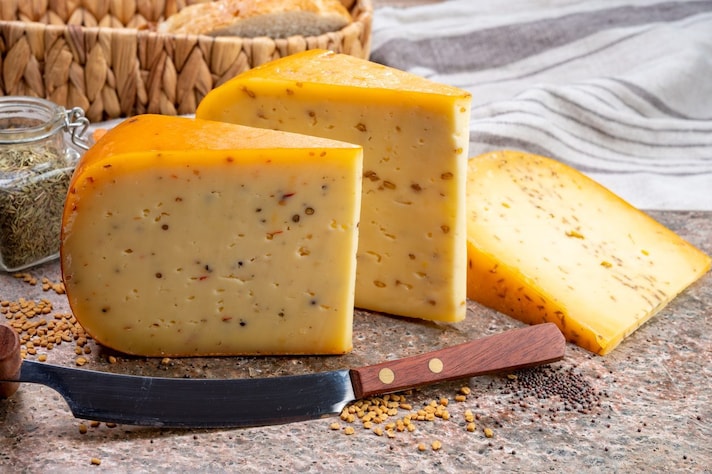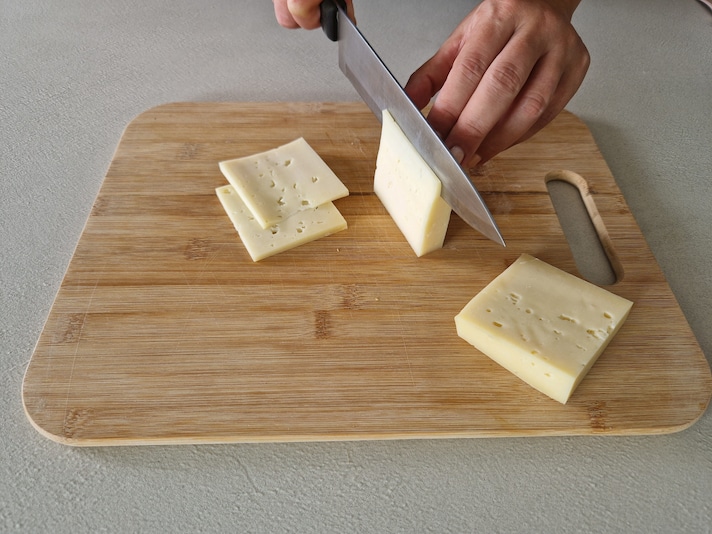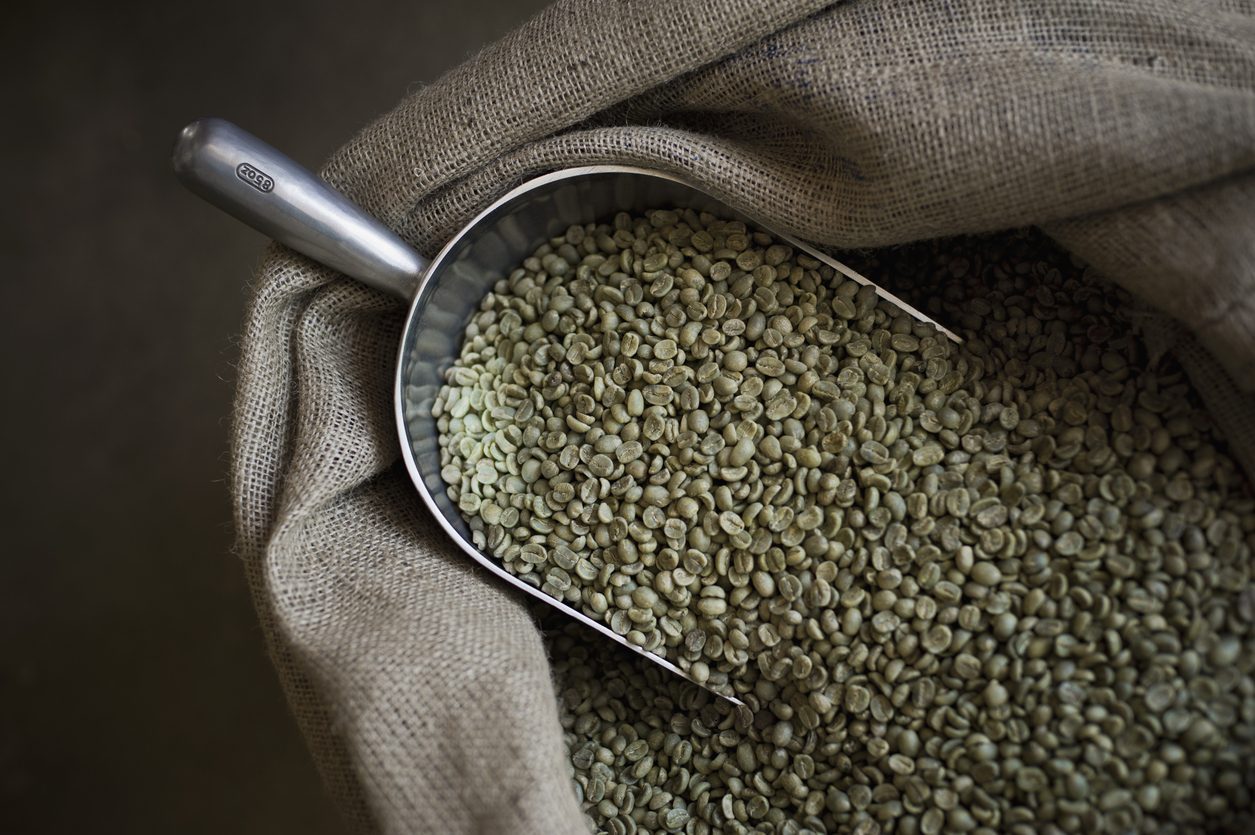What Are Cheese Holes, What Are They For and How Should They Be?
What are the "holes" we find in cheese and what are they for? Today we tell you all about the holes in cheese: what they look like, what function they have and what they must be like to be considered a quality.
;Resize,width=742;)
The eyes of cheese are those holes, technically called holes, that you find on the surface of the product: most of the cheeses we produce have them, sometimes large and obvious like those of Leerdammer, or small and almost invisible, like those of toma and pecorino. But what are the holes and how do they form? Are they considered a quality or a defect? Today we will tell you everything you need to know about the mysterious holes of cheese, how they are created and what their actual function is.
What Are Cheese Holes?
Many cheeses have holes in their paste that are more or less evident and regular: in cheese jargon they are called eyes and can be considered a quality, when uniform and regular, or a defect, in the opposite cases. Their formation is due to the fermentation of the cheese, a process that produces gas, mainly carbon dioxide.
Some cheeses "must" have large, obvious holes, others smaller, more scattered holes, and still others have no holes at all: it all depends on the characteristics of that product, such as the type of cheese, its history, its production and processing techniques.
But what purpose do the holes serve? In addition to contributing to the appearance and structure of the cheese, making it softer and creamier, the holes influence the flavor of the cheese, giving it a more complex and aromatic taste. Some products such as Leerdamer or Emmentaler make the "holes" of the eyes one of their main characteristics.

How the "Eye" Formation Process Works
The process that leads to the formation of the holes is a fermentation process, as they said, that occurs from the first processing of the cheese. The process is the same for all cheeses, but the quantities of bacteria that develop vary. Here's how it works:
- During cheese production, lactic acid bacteria are added that convert lactose into lactic acid, which lowers the pH of the cheese, creating an environment favorable to the growth of other bacteria, namely propionic acid bacteria.
- Propionic bacteria produce carbon dioxide as a byproduct of their metabolism.
- Carbon dioxide cannot escape from solid cheese, so it collects in bubbles.
- The gas bubbles push against the cheese paste, creating the eyes.

When Holes Are a Virtue and When They Are a Defect
To be considered a quality of the cheese, or at least "regular", the holes must be uniform, well distributed, harmonious, without "tears" in the paste. Those that are excessively large for the cheese to be prepared, with a very irregular shape, associated with cracks, swelling or changes in color in the paste are considered a defect, and therefore a symptom of some problem during the cheesemaking process.
They can be of different sizes: for example, various Dutch cheeses such as Gouda and Maasdam generally have smaller and more frequent holes, while in Swiss cheeses such as Leerdamer or Emmentaler they are larger and sparser. Also various Italian cheeses have holes, which tend to be small: among the most famous Fontina, Grana, Parmigiano, but also Asiago, various provolones such as Valpadano and Caciocavallo silano.

;Resize,width=767;)
;Resize,width=712;)

;Resize,width=712;)
